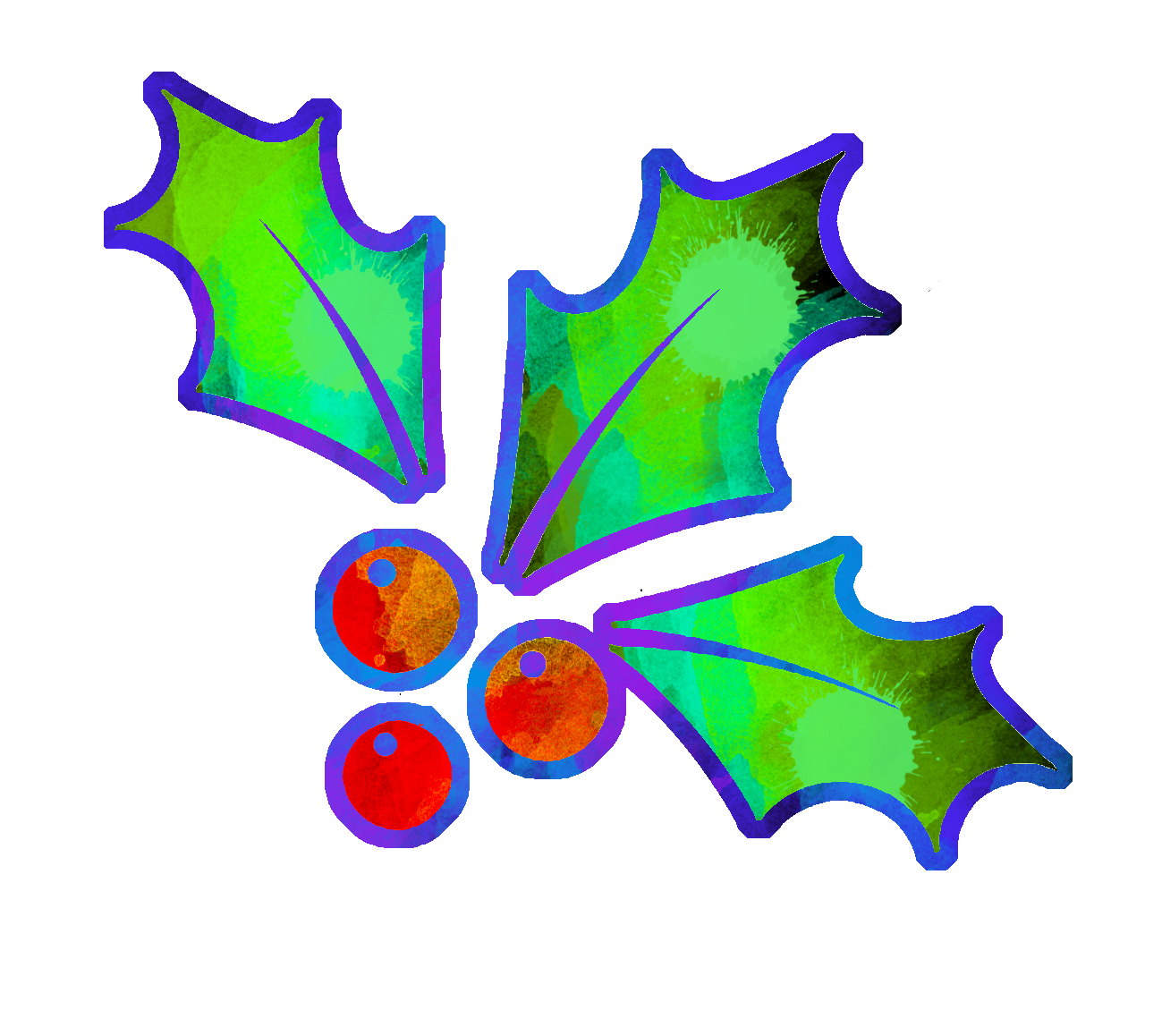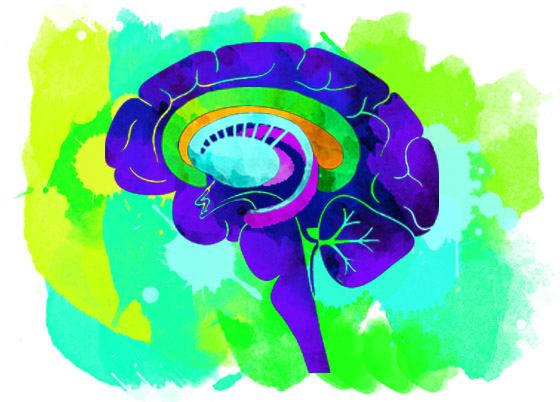
November 25, 2025
Empowering healing and connection through body-centred therapy.

NeuroAffective Touch is a therapeutic approach that combines touch and talking therapy to heal the effects of early trauma and nurture securely attached relationships. Created by Dr. Aline LaPierre, this method emphasises the importance of touch in forming a healthy mind-body connection and emotional wellbeing. Combined with talking therapy, it supports clients to feel more in tune with their bodies, access buried emotions, and grow in resilience. This approach is particularly beneficial for anyone who feels their emotional or physical needs went unmet early in life, providing a way to heal and build inner strength.

NeuroAffective Touch bridges the gap between body and mind by tapping into the body’s natural ability to heal. Research in neurobiology and developmental psychology shows that touch is key to feeling secure in yourself and building healthy relationships. This therapy focuses on the limbic system, a vital part of our brain involved in managing emotions and forming attachments. During sessions, techniques stimulate this area, helping to release built-up stress and tension stored in the body. This can lead to noticeable emotional improvements and better overall well-being. By reintroducing essential elements of touch that may have been lacking early in life, this therapy effectively helps retrain how our nervous system reacts to stress, leading to greater resilience and health.
Helping to manage overwhelming feelings, making emotions easier to handle and reducing anxiety.
Focusing on body sensations, promoting better connection to the body, leading to better self-care and mindfulness.
Releasing stored tension, aiding recovery from past traumas, and promoting a sense of peace and safety through soothing touch.
Fostering deeper connections with others by addressing unresolved issues from early relationships.

Clients with trauma histories: if you have experienced abuse, you can find relief and a path to healing through gentle and supportive touch.
Clients with attachment disorders: if you struggle with forming secure relationships due to early developmental challenges or neglect.
Individuals experiencing anxiety and depression: by promoting relaxation and emotional release, this approach eases symptoms of anxiety and depression.
Anyone feeling disconnected from their body: if you have chronic pain or have experienced trauma.
Professionals with high stress levels: if you are in a high-pressure job, you can benefit from the stress-reducing effects of this therapy.


Setting the space: the session usually starts with creating a calm, comfortable atmosphere.
Beginning: your therapist may begin with deep breathing or grounding exercises to help you become more aware of your body sensations.
Touch Techniques: the therapist applies/ will show you how to apply specific touch/ self-touch techniques. These are carefully chosen based on your needs.
Talking therapy: you will explore feelings, thoughts, and sensations as they arise. This helps integrate physical touch with emotional insights.
Guided response: you might be guided to notice and respond to touch, exploring what emotions or memories surface.
Adjustments and focus: depending on your response, the therapist may focus on different body areas, or delve deeper into emotional landscapes.

Our therapeutic approaches and client support are rooted in research and established best practices. We are dedicated to offering clear, empathetic, and effective services from the moment you reach out until the completion of your sessions. At every step, we provide comprehensive, individualised support, carefully tailored to meet your unique needs and circumstances.
Our goal is to ensure that you receive the attentive, personalised care you deserve, fostering positive outcomes and lasting change.
While this therapy involves touch, it is not a massage therapy. It integrates therapeutic touch with techniques to address emotional and psychological issues, unlike massage which primarily focuses on physical tension and relaxation.
The number of sessions varies depending on individual goals, the nature of the issues being addressed, and how you respond to therapy. You may feel improvements in a few sessions, or you might benefit from a longer series of sessions.
It is an approach structured around consent and designed to be safe, respectful, and boundary-conscious. If you are uncomfortable with touch, your therapist will adapt sessions to meet your comfort level and can support self-touch, verbal processing or other supportive techniques instead.
Yes, it can be an excellent complement to other therapeutic approaches such as talking therapy and trauma therapies. It is often integrated into treatment plans to enhance emotional and physical healing.
Sharing your past is not a requirement, but discussing your experiences can enhance the healing process. The amount of talking is led by you and your comfort level, with a focus on your current bodily sensations.
Yes, techniques can be adapted for online or remote support. This includes guidance on self-touch techniques and support with talking through emotions.

November 25, 2025
November 3, 2025
October 14, 2025
Get in contact with a member of our team for the right support